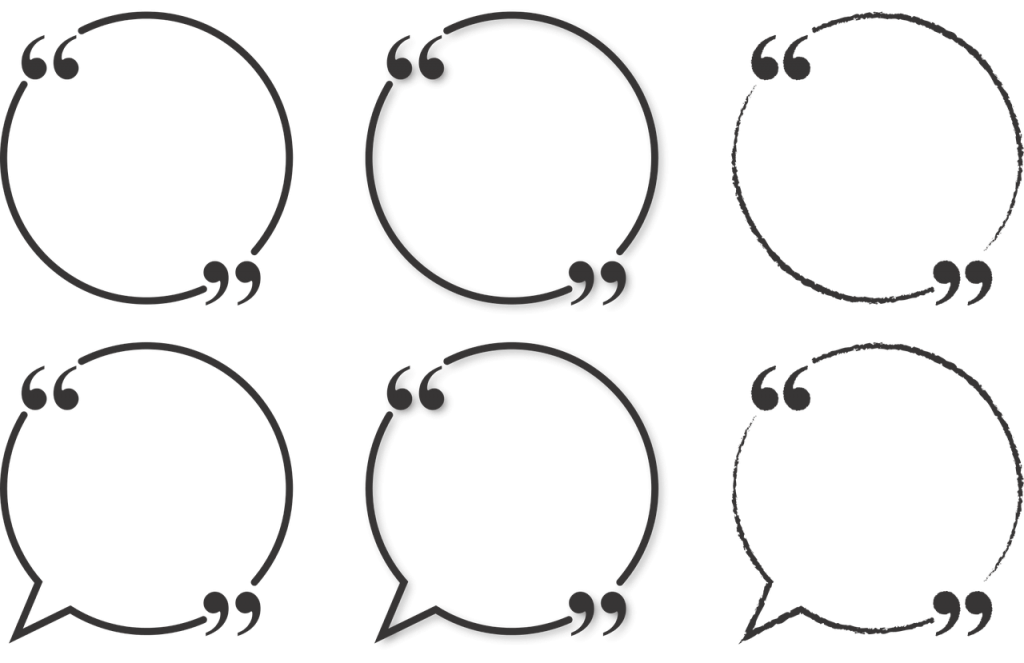
Many students need a temporary on-ramp to accelerate them through a literacy task.
For teachers of resistant readers and writers, creating this on-ramp can be a daunting task. Yet, I have discovered how talk is an effective entry point for students who are easily overwhelmed by a challenging reading or a complex writing composition, because it leads teachers and students to co-construct meaning.
Talk also reveals to students what they already know.
Over the holiday break, I worked with my son, a third grader, on paragraph writing. Though his composition was definitely different than my high school students’ writing, the process was familiar to me.
When I asked him to write a paragraph, I got one of those “I dunno” shoulder shrugs I often get from my students. When I asked him to tell me about something interesting he learned over break, I got one of those “I kinda know” pauses. Then when I asked him to tell me about seeing his uncle’s fencing equipment, I knew I had him.
Dylan started to rattle off a series of details about fencing–both European and Japanese. As he rattled, I wrote. And by the end of our conversation, what I had recorded became a piece of evidence for him that he did indeed have ideas that he could develop.
Yet I cannot be Dylan’s or my students’ Johnny-on-the-Spot stenographer every time they write.
And that’s why framing this exercise as an entry point works best. It should be used as a way to show students what they have rattling around in their minds. Talk should be used to help students to get comfortable with using their voices, and to see that they really do have something to say. Sometimes providing a space and a simple affirmation can encourage even the most resistant student.
Talk can also help students puzzle through an idea.
Recently I’ve been working with freshmen on writing a research essay that explains how an element of our world today is dystopian. One student I worked with had a hard time understanding a part of an article about China’s protectionist censoring of sites like Facebook and Google. I knew that in her U.S. History class, she had just studied isolationism and the U.S.’s closed-door policy, and as I brought up these terms, she was easily able to make meaning, and to interpret the significance of the evidence to her argument.
This is another area in which talk is important. A lot of students want to jump right into the writing before carefully thinking about the research. And that leads to a lot of out-of-context quotes and disjointed analysis!
But talk can create a space to puzzle through ideas first. This was true of my student who wrote about China–and it shows again why conversation is a necessary part of any writer’s process.

Another benefit of talk is this: it can offer students a path toward revision.
When recently conferencing with a student about a research paper, she remarked, “I have this paragraph, but I dunno–it just seems like a bunch of facts.” Something wasn’t sitting right with her, but she didn’t know how to process it.
This is the messiest stage of writing, and some of our students don’t know how to work through it without intentional conferencing during workshop time. So how did conversation help my student here?
We talked through her sources–articles about gun violence in school–and she pointed out an intriguing line from one of the articles. The line noted that violence seemed to be a familiar story. My student didn’t know what to do with the line, but when we looked closer together at the article, we noticed that it was written in 1999–after the Columbine Massacre.
Our reaction was the same–shivers. It made both of us jump because the story around school shootings has gotten worse, not better, even though it was “familiar” almost twenty years ago. Our astonishment led her to make a careful revision. She looked back at her paragraph that was just a “bunch of facts,” and decided to put it aside while she wrote a paragraph on violence in schools, because she could see how the impact was stronger on her audience.
I praised her for doing the hardest thing a writer can do–letting go of her writing when it just doesn’t fit. Because we had talked through her new ideas, it was easy to let go of what wasn’t working. And by talking, she was able to make a purposeful revision that considered her audience and purpose.
 Lauren Nizol (@CoachNizol) is an MTSS Student Support Coach and Interventionist at Novi High School. She has eleven years of classroom experience, teaching English, IB Theory of Knowledge and English Lab. Lauren completed her undergraduate degree in History, English and Secondary Education at the University of Michigan-Dearborn and her Masters in English Education from Eastern Michigan University. She is a National Writing Project Teacher Consultant with the Eastern Michigan Writing Project and an advocate for underperforming students and literacy interventions. When she’s not teaching, Lauren often runs for the woods with her husband and their three sons/Jedi in training and posts many stylized pictures of trees on Instagram.
Lauren Nizol (@CoachNizol) is an MTSS Student Support Coach and Interventionist at Novi High School. She has eleven years of classroom experience, teaching English, IB Theory of Knowledge and English Lab. Lauren completed her undergraduate degree in History, English and Secondary Education at the University of Michigan-Dearborn and her Masters in English Education from Eastern Michigan University. She is a National Writing Project Teacher Consultant with the Eastern Michigan Writing Project and an advocate for underperforming students and literacy interventions. When she’s not teaching, Lauren often runs for the woods with her husband and their three sons/Jedi in training and posts many stylized pictures of trees on Instagram.

 My last post was about the new app
My last post was about the new app 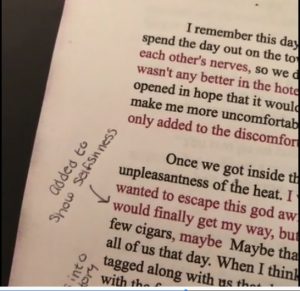

 Sometimes, the teaching pieces all come together beautifully, like different musicians in a carefully rehearsed symphony. You plan something that dovetails perfectly with something else, which builds to something better, and on and on, to the amazing crescendo of learning.
Sometimes, the teaching pieces all come together beautifully, like different musicians in a carefully rehearsed symphony. You plan something that dovetails perfectly with something else, which builds to something better, and on and on, to the amazing crescendo of learning.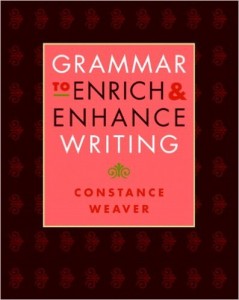 In her webinar, Dr. Weaver focused on
In her webinar, Dr. Weaver focused on
 When I think back about why I wanted to become a teacher, I remember an ambition I had to make a difference in the lives of others. A want to share my passion for the books that I loved. A desire to help people express themselves in new and powerful ways. These are ideals that I still hold after twelve years of teaching, amid different political landscapes and ever-changing initiatives.
When I think back about why I wanted to become a teacher, I remember an ambition I had to make a difference in the lives of others. A want to share my passion for the books that I loved. A desire to help people express themselves in new and powerful ways. These are ideals that I still hold after twelve years of teaching, amid different political landscapes and ever-changing initiatives. Recognizing, naming, and even copying good writing are all important pieces in the quest to shape good writers.
Recognizing, naming, and even copying good writing are all important pieces in the quest to shape good writers.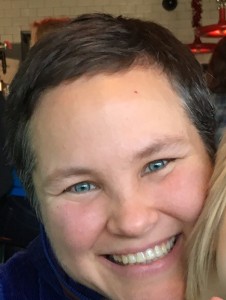 Caroline Thompson (
Caroline Thompson (
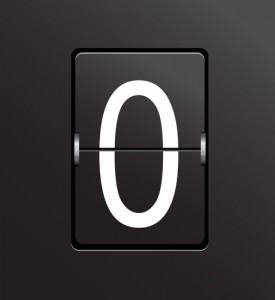 Research reveals that a score of zero, in a 100-point grading scale, is pretty difficult for a student to overcome. For example, if a student gained a zero for not having turned in work, he or she would have to turn in nine assignments, earning 100 points each,
Research reveals that a score of zero, in a 100-point grading scale, is pretty difficult for a student to overcome. For example, if a student gained a zero for not having turned in work, he or she would have to turn in nine assignments, earning 100 points each, 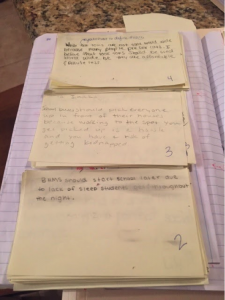
 Amy Gurney is an 8th grade Language Arts teacher for Bloomfield Hills School District. She was a facilitator for the release of the
Amy Gurney is an 8th grade Language Arts teacher for Bloomfield Hills School District. She was a facilitator for the release of the ![Connie Weaver 2014[1] copy](https://www.oaklandschoolsliteracy.org/wp-content/uploads/2015/09/Connie-Weaver-20141-copy-169x300.png) Constance (Connie) Weaver
Constance (Connie) Weaver 
 As a professional development coordinator for the Conway, New Hampshire, School District,
As a professional development coordinator for the Conway, New Hampshire, School District, 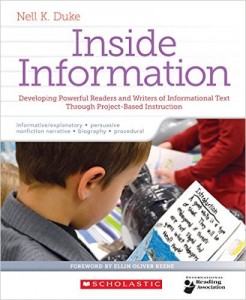 Research suggests that students write better when they have an audience beyond the teacher and revise more when they have a specified purpose for writing. Project-based approaches provide a framework for engaging students in writing for authentic purposes and audiences, thus more deeply motivating their revision. In this webinar, Duke will describe how to situate revision in a project-based context and share techniques for structuring students’ revision and editing processes within that context.
Research suggests that students write better when they have an audience beyond the teacher and revise more when they have a specified purpose for writing. Project-based approaches provide a framework for engaging students in writing for authentic purposes and audiences, thus more deeply motivating their revision. In this webinar, Duke will describe how to situate revision in a project-based context and share techniques for structuring students’ revision and editing processes within that context.
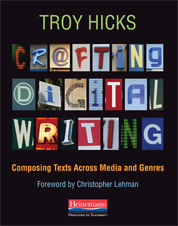
 Dr. Troy Hicks
Dr. Troy Hicks